This was the last service of Hannah, which opened in 2017 in its current form. The restaurant is moving to Stratford in the premises that formerly housed Allegra at the Stratford Hotel and will be called Kokin. The current dining room will be transformed into a new restaurant focusing on hot pot rice dishes, called Donabe. Its sister restaurant Jeux Jeux will continue unchanged. Chef and owner Daisuke Shimoyama grew up in Gumma, in countryside not far from Tokyo. He started work as a dishwasher in a restaurant in Kanazawa, later working in restaurants including 3 star Ryugin in Tokyo. He moved to London and became head chef of Umu when that restaurant had two Michelin stars.
The meal began with a very prettily presented tray of canapes. There was tofu with langoustine tartare and tosazu jelly, which is made from dashi and rice vinegar. This was a lovely dish, the tofu quite creamy in texture, the sharpness of the vinegar balancing the natural sweetness of the langoustine. Yam rice cake was made out of Japanese Nagaimo mountain yam topped with wagyu miso with grilled Padron peppers, topped with deep-fried enoki mushrooms. The yam had very good flavour and the mix of textures was pleasing. A rice cracker was topped with white crab meat and winter black truffles, along with a little avocado puree; crab and avocado are a classic combination and this worked very well with the crunchy cracker providing textural contrast. Chawanmushi is a savoury custard, here the steamed egg custard having mixed mushrooms sauce topped with bacon and cheese, a little nod to the English breakfast. This was particularly lovely. Finally, there was smoked mackerel sushi marinated in vinegar. The sushi was covered with a layer of pickled peeled radish and another layer of shiro-ita white konbu, adding an extra texture and flavour (strong 16/20 average for the canapes).
This was followed by Hannah’s take on fish and chips. For the “chips” element, there were thin fermented potato chips, wrapped around crispy scale amadai (Japanese tilefish). The fish scales are made crisp by pouring very hot oil against the scales, causing them to pop out. The fish was covered in tempura batter and slightly deep fried, so the fish outside is crispy while the inside was still tender and soft. This was served with aged balsamic miso and smoked caviar (from N25) on top, with a little finger lime and touch of masala spice for flavour. This was a dazzling dish. Amadei in Japan is more than twice the price of turbot in the UK and is rightly prized for its firm texture and slightly sweet flavour. The potato crisp outside was exceptionally delicate, and the touch of salinity from the caviar along with the freshness of the lime and hint of spice made this a joy to eat (easily 18/20).
Sea bream tataki (lightly seared) was next. The skin is scalded so the oil can come out from the skin a little, and when the fish oil drops on the charcoal it creates smoke. The sea bream is grilled very close to the charcoal at a really high temperature, so that the skin side is very crispy while the meat remains raw and tender. The fish was served on daikon oroshi (grated radish) with eight-year aged ponzu sauce, matured soy sauce made from bonito flakes, konbu and shiitake mushrooms marinated with yuzu. Served on the side, to be drunk separately, was aged sea bream broth made from the baked sea bream head and bones. There was also steamed red mullet with wild garlic puree at the bottom and Kyoto white miso sauce on the side, served with green asparagus, green peas and mange-tout. The fish was carefully cooked and the earthy flavour of the radish went well with it (15/20).
Next was wild Atlantic bluefin tuna from Portugal caught by Mr Tanaka Hajime, a researcher who revived frame fishing of tuna in Portugal. He is noted for his unusually high-quality tuna, which has creamy and soft texture and deep flavour. Akami, the leanest part of the tuna, was marinated with soy sauce. Chutoro, the medium fatty tuna, was lightly smoked, while otoro was served as tartare to showcase its richness and fatness. The dish was completed with a little Icelandic sea urchin to add creaminess and sweetness, along with uma dashi, soy sauce made from bonito flakes, konbu, and mirin. This was a really impressive dish, the balance of the dashi lovely and the three different textures of tuna along with the sea urchin combining beautifully. The tuna itself had superb flavour; this was a fabulous dish (18/20).
A little theatre accompanied the next dish. Noodles arrived served in an okamochi ramen box, which has been used to for noodle delivery for centuries. The ramen stock in this case was langoustine stock made from baked langoustine and lobster shells, topped with charcoal grilled chicken. This was a luxury take on the ramen soup staple that is very popular in Japan, and immortalised in the superb movie Tampopo. The noodles had excellent texture and the stock was unusually deep in flavour (15/20).
Scallop katsu (cutlets) had scallops marinated with hio-koji (fermented rice), served with home-made tartare sauce mixed with smoked caviar, marinated salmon roe, tobiko flying fish roe and finger lime to add freshness. This was very enjoyable, though for me it is hard to beat the classic flavour of the classic flavour of pork katsu. Scallops are a delicate flavour and arguably less well suited to this treatment (15/20).
Next was native Scottish Lobster, grilled with umami butter. The butter was melted and mixed with bonito flakes, konbu and yuzu kosho. This was served with beetroot purée and simmered morel mushrooms wrapped with wagyu puree. This came with lobster XO sauce, made from lobster oil from the shell, dried shiitake mushroom oil, dried scallops and dried shrimps, providing a deep, rich flavour to the lobster. The lobster was very tender and the morel was superb (17/20).
The final savoury course was sukiyaki beef rice. Charcoal-grilled A5 grade wagyu from Miyazaki was served with onsen tamago egg yolk, topped with freshly shaved winter black truffles. This was served on a bed of rice flavoured with wagyu sukiyaki sauce, made from wagyu fat cooked with shiitake mushrooms and Spanish onions. Alongside, as is traditional, was a cup of miso soup and pickles, the latter made from radish and watermelon radish, wrapped around crunchy takuwan (pickled daikon) and cucumber pickles. The beef was high grade, given an air of luxury by the truffles and given balance by the sharpness of the pickles (16/20).
Dessert was tonka bean ice cream, infused with tonka beans and sakura (cherry blossom) leaves. This was served with fermented raspberry sauce and spinach crumble, topped with shaved pistachio. I am not usually a fan of Japanese desserts, but this was actually very successful, the raspberry flavour in particular working well with the pistachio (15/20).
The meal concluded with what the French would call mignardise and the Japanese call wagashi (sweets), which was four different small desserts, displayed in a wooden frame. Tea-flavoured mochi had a light, airy, melting, marshmallow texture. Swiss roll cake, made with Rodda’s Cornish clotted cream. There was also matcha chocolate terrine. These were fine but the star for me was orange jelly, which was made from orange juice and yuzu Juice, with grapes inside the jelly for more texture. This is a really superb mignardise, and a lovely way to finish a fine meal.
Service was superb, and I was unable to get a bill on this last day of service. This meal displayed tremendous technique applied to top quality ingredients. This is top of the range cooking, up there with kaiseki dinners in Kyoto, and yet Michelin has entirely ignored Hannah. To me this shows a quite remarkable ignorance of Japanese food on their part. I look forward to trying Hannah in its new location.
Further reviews: 09th May 2024 | 24th Mar 2024


















































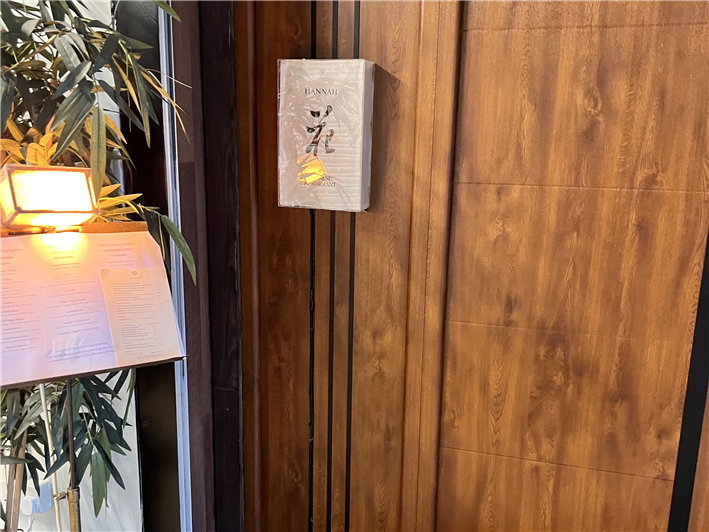

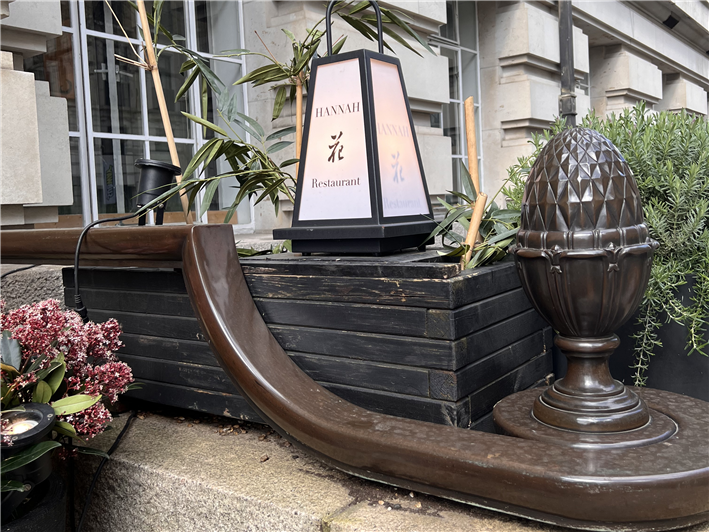
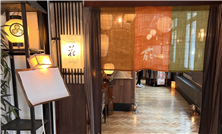

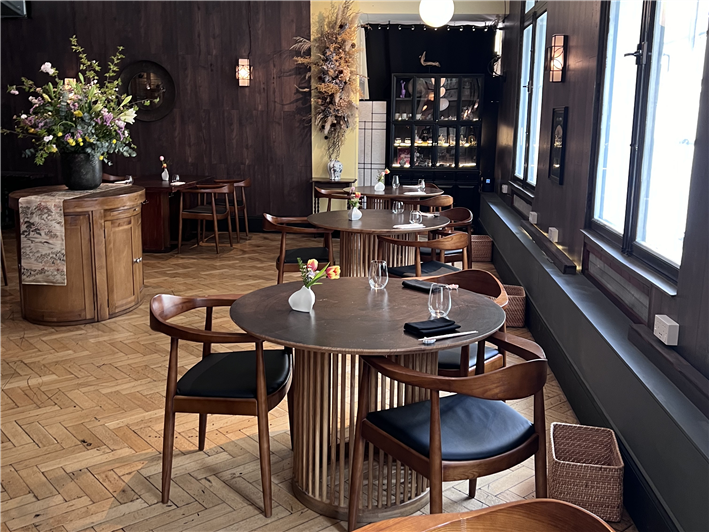

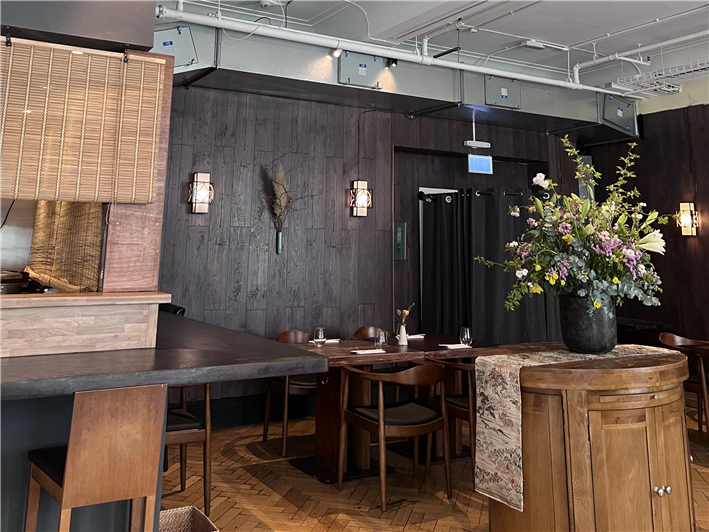
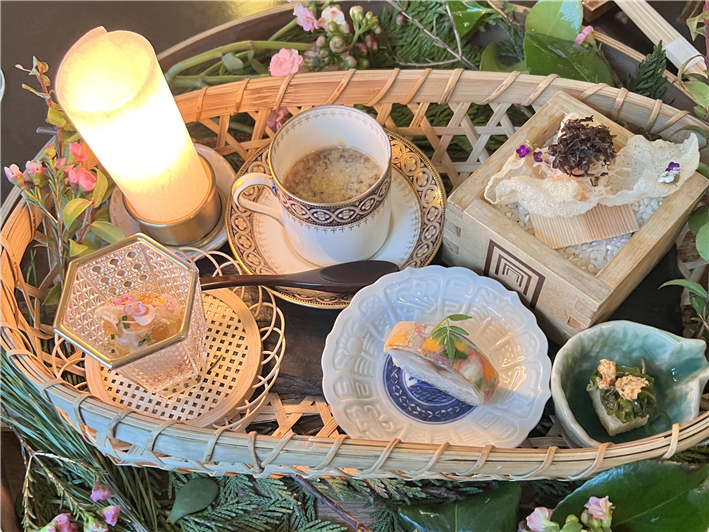

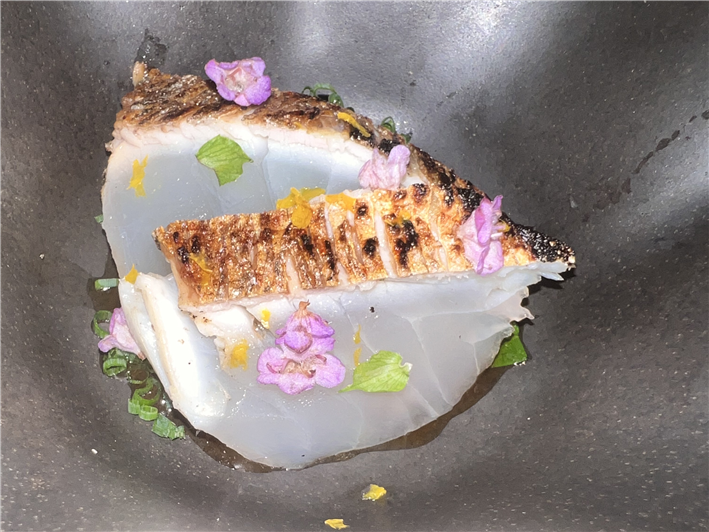
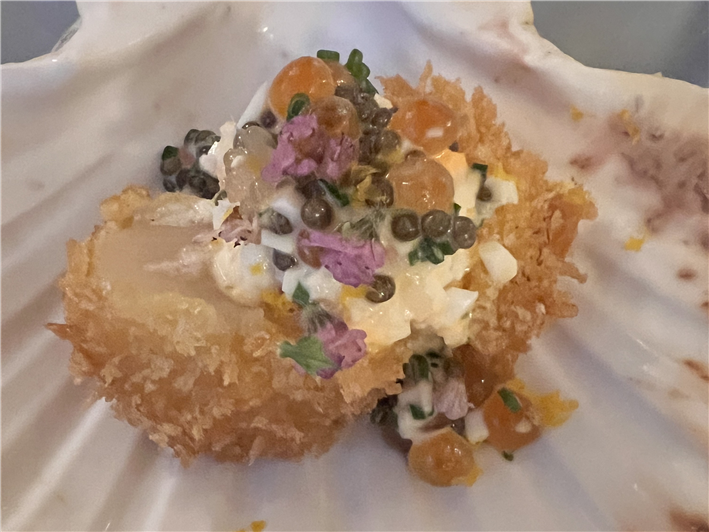



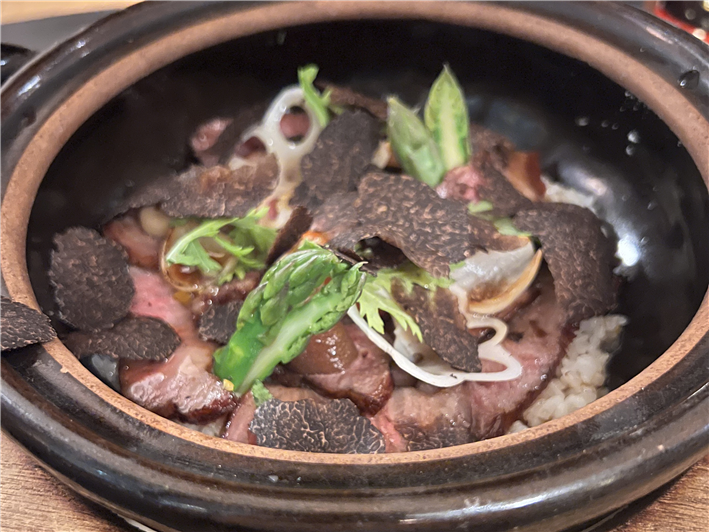
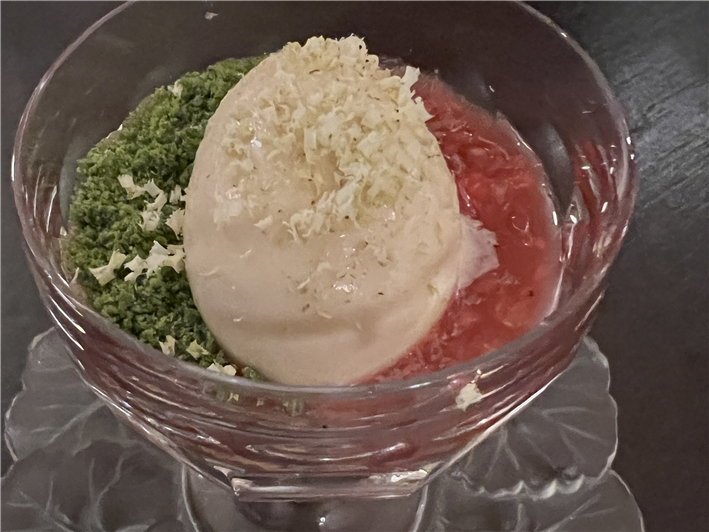
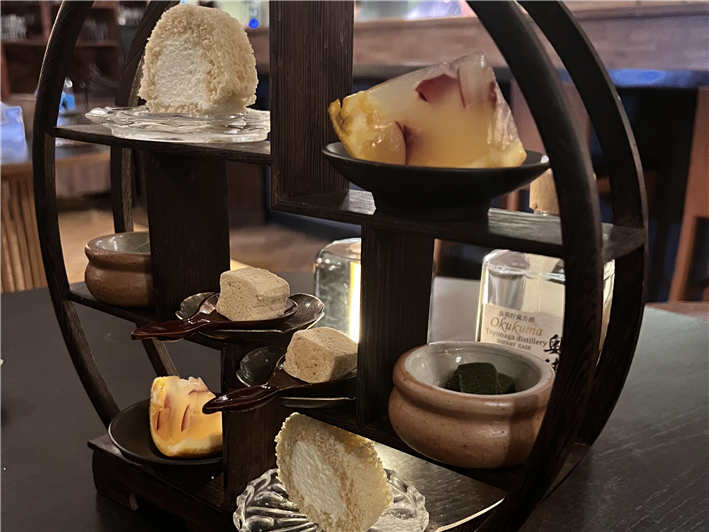
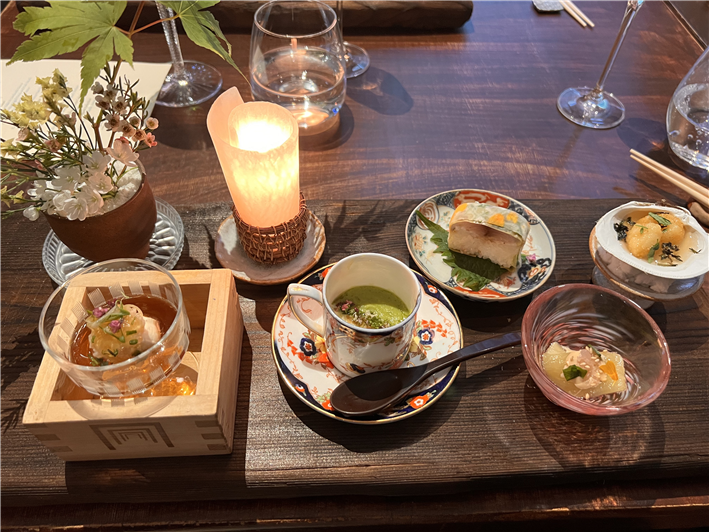
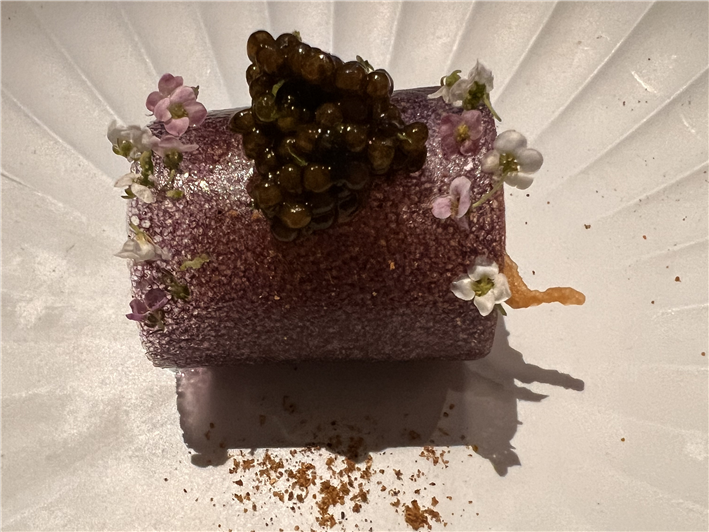
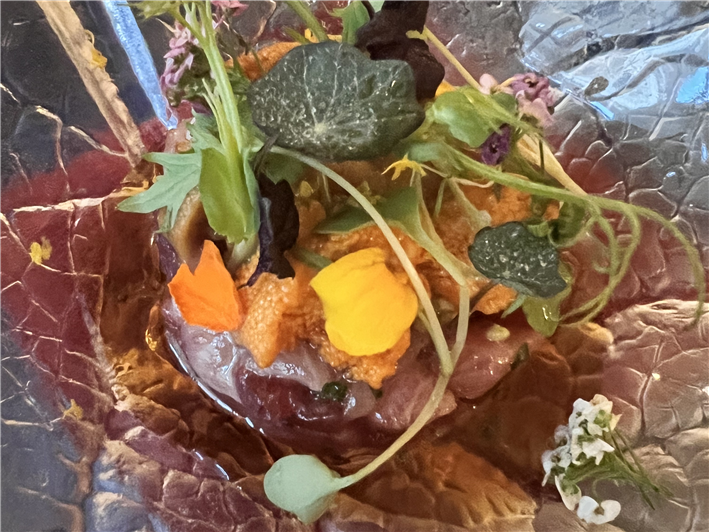


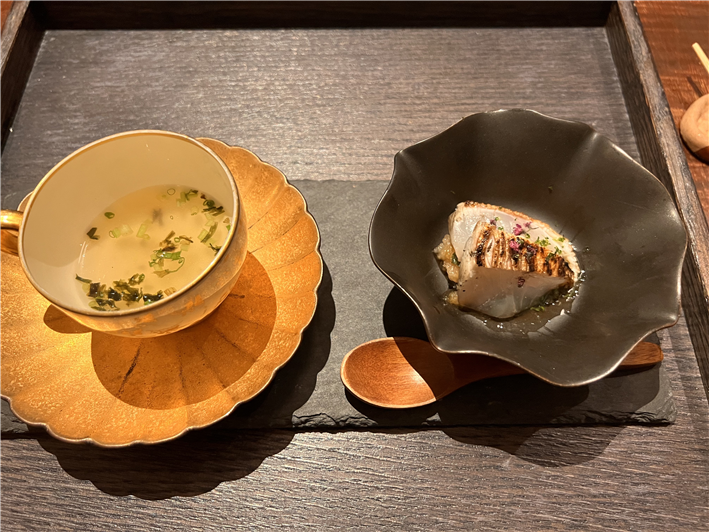

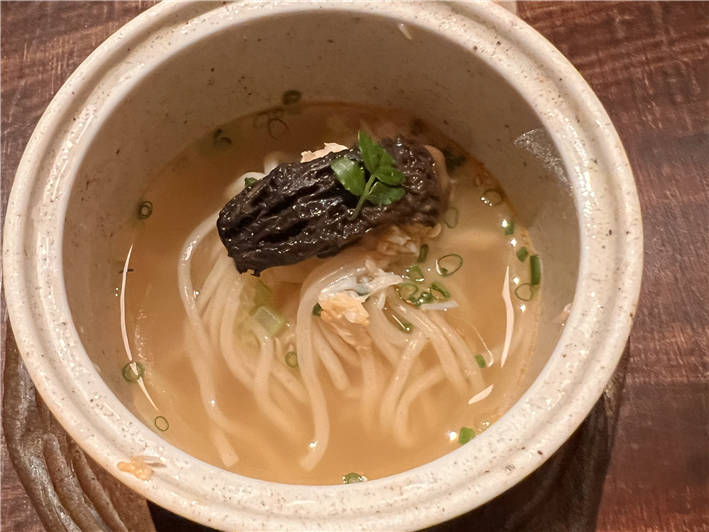
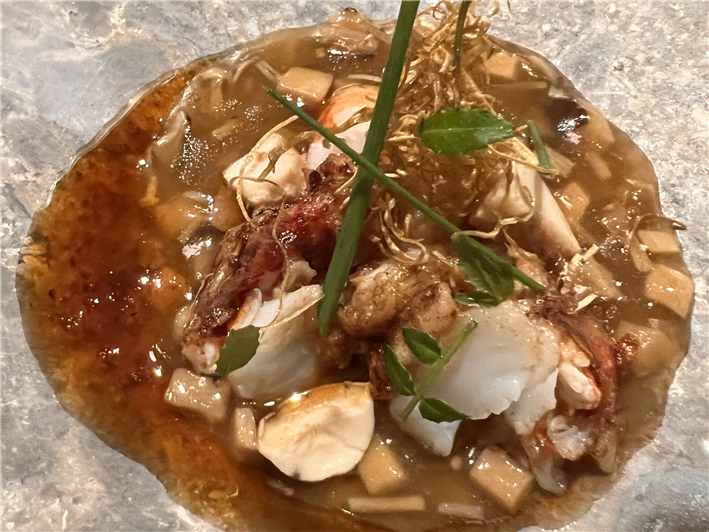



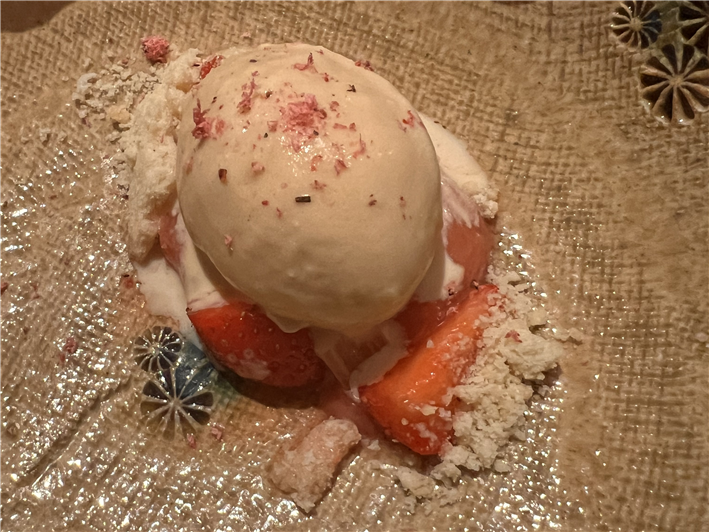
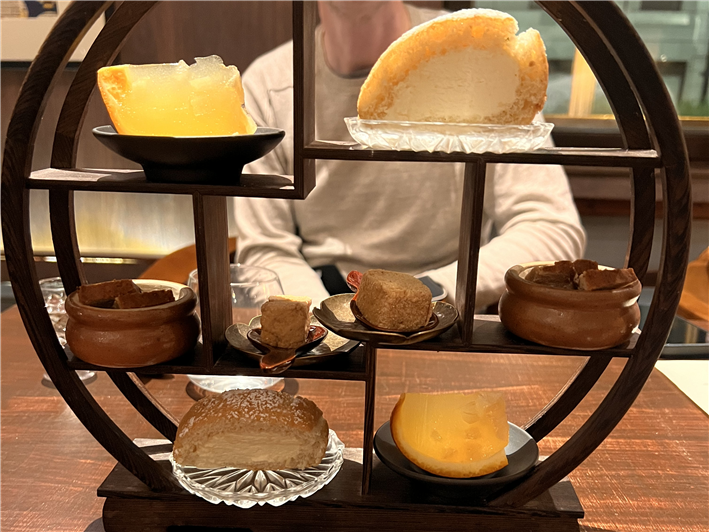
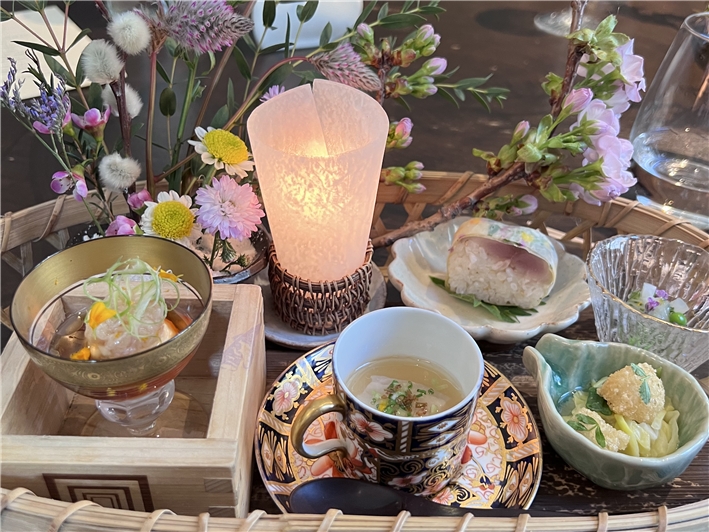
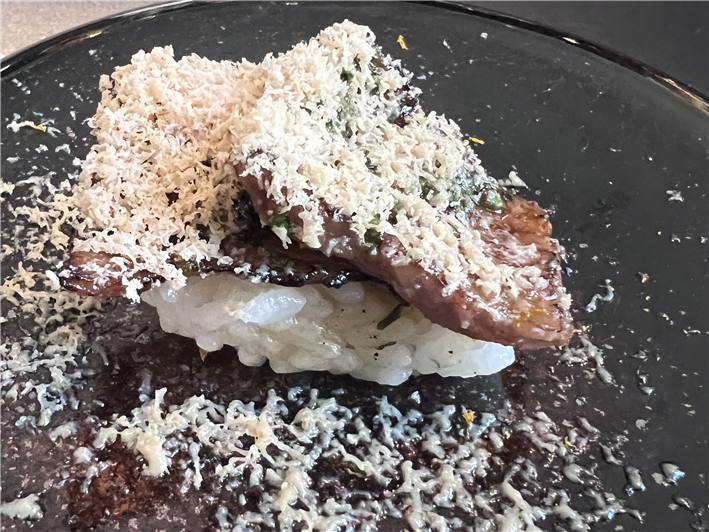


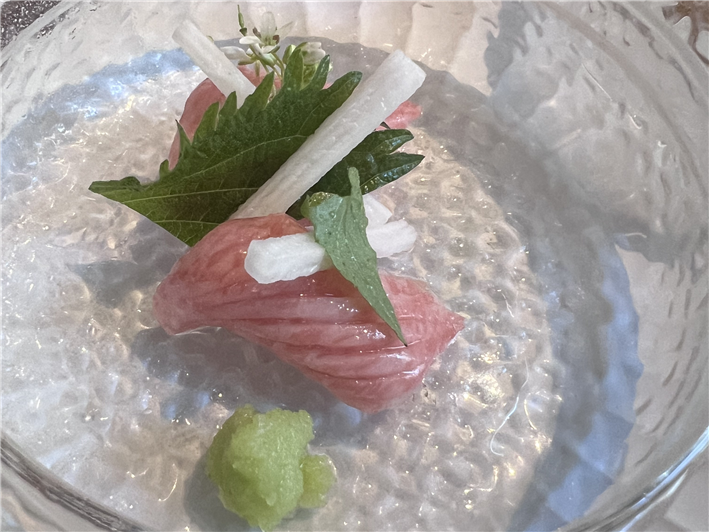


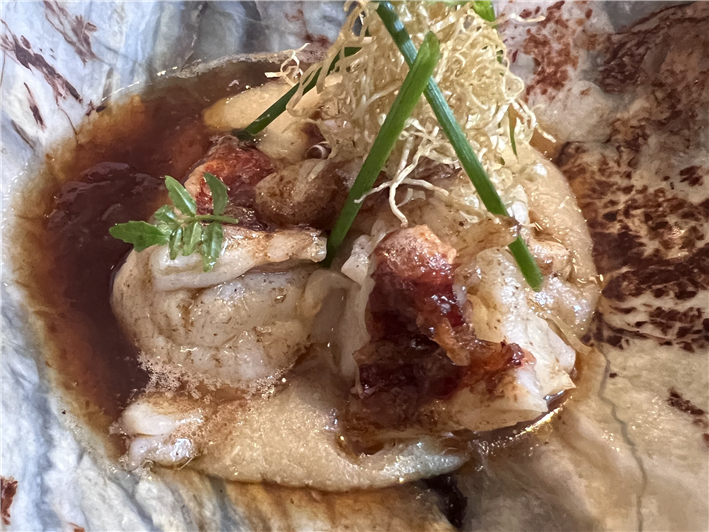
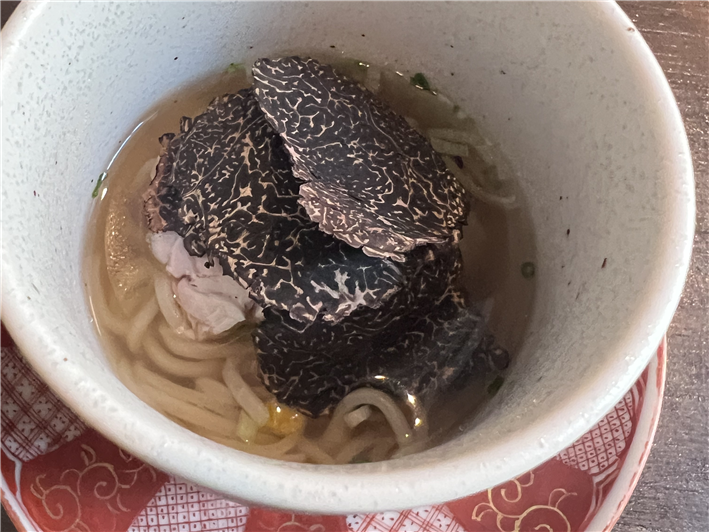
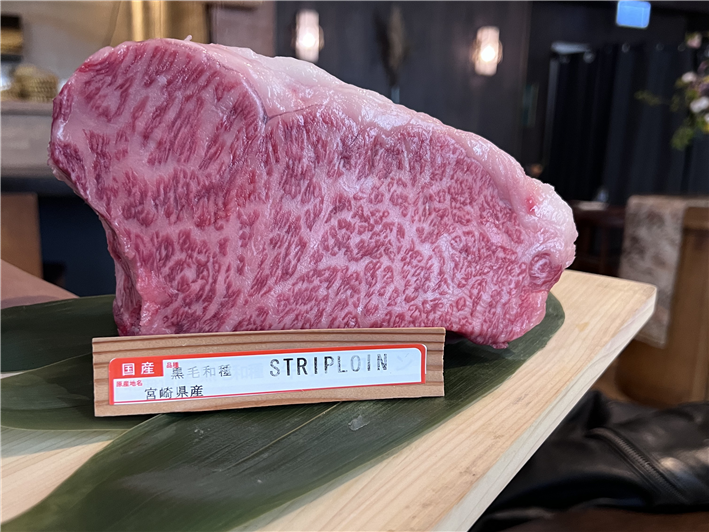
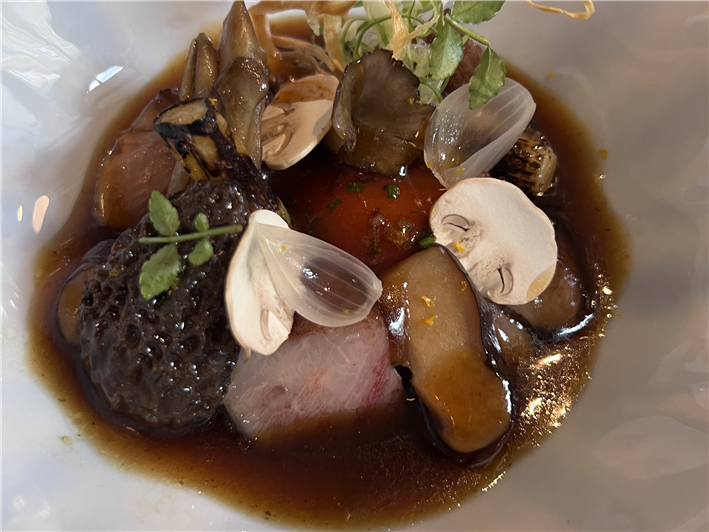
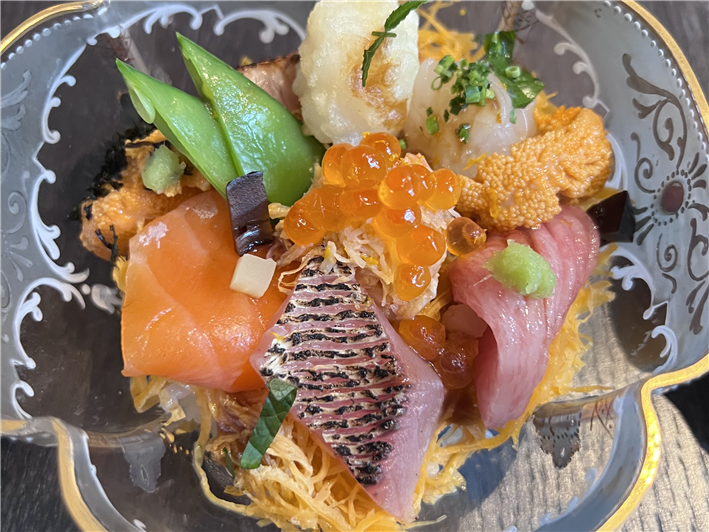
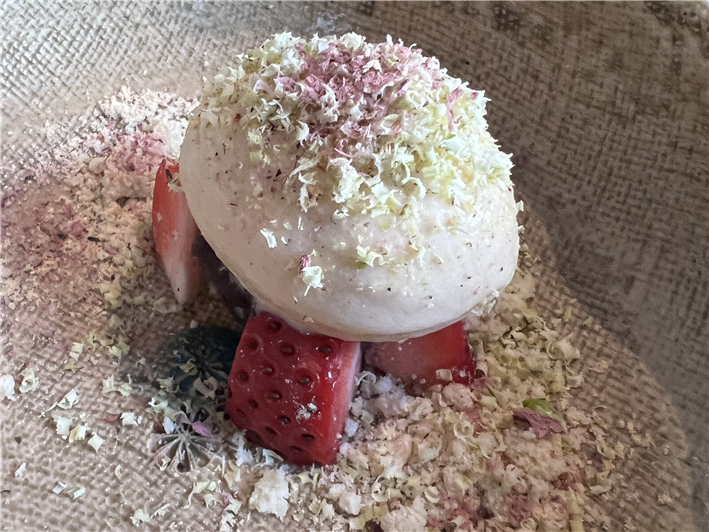

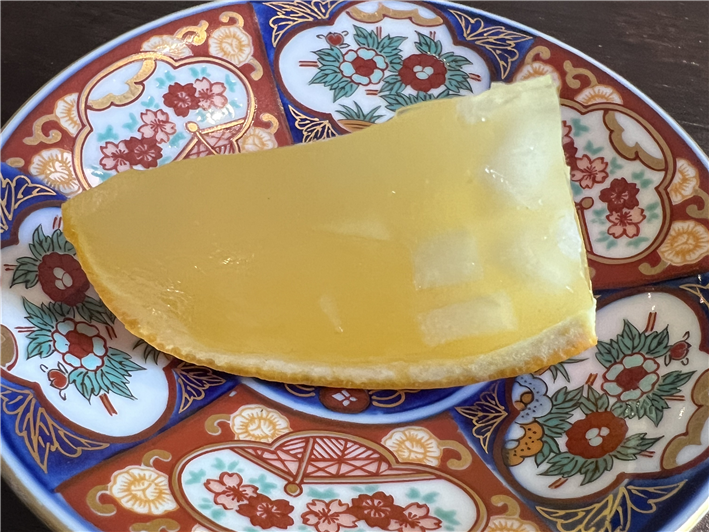

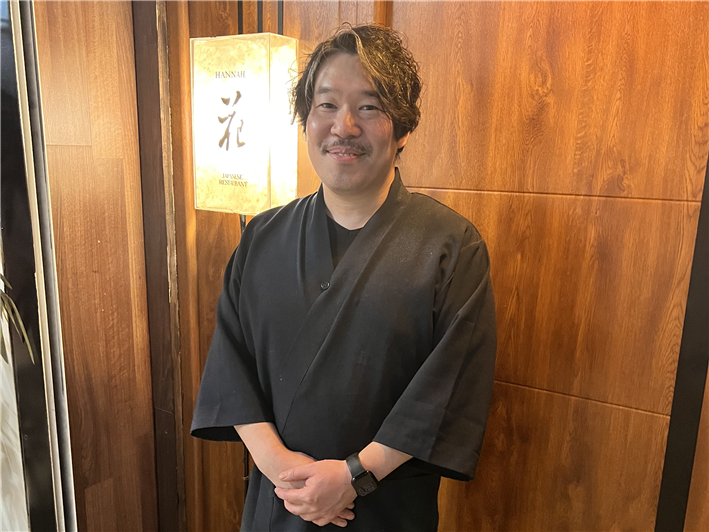

Nigel
(Replying to Brian P) The day the Ritz closes is the day Andy says goodbye.
Brian P
You seem to be on a farewell tour- Brilliant & now Hannah- not your farewell tour I hope